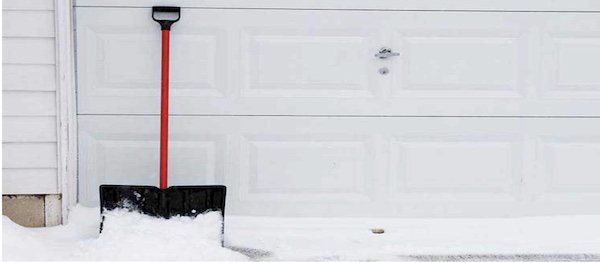Beat the Cold by Winterizing Your Home
Cold weather is creeping up on us, so getting a jumpstart on winterizing your home is recommended. I spoke with Don Hillman, local State Farm Insurance agent, about some of the best ways to protect your home against the upcoming winter weather.
To prepare the inside of your home for the upcoming colder weather, Mr. Hillman recommends the following:
- Have you furnace inspected- A good rule of thumb is to have your furnace inspected annually to help it run more efficiently and prevent carbon monoxide from entering your home. This is a safeguard since your furnace will be running more frequently during the colder months.
- Change out the HVAC filters monthly- This is another safeguard to help keep your furnace running more smoothly and prevents dust buildup from collecting on the furnace, which could be a potential fire hazard.
- Use a fireplace- if you plan to use a fireplace as an added heat source, make sure that the chimney is clear of debris and your damper opens, closes, and seals correctly. *Be sure to store your firewood in a dry place, at least 30 feet from your home to help avoid fire hazards.
- Seal leaks- take time to insulate your home before the cold weather comes to keep the winter chill outside. Make sure cracks and crevices are sealed properly. Areas such as those around recessed lights, the attic hatch, and plumbing vents should be sealed so warm air from living spaces below cannot escape up into the attic.
- Inspect and insulate the attic and/or crawlspaces- since warm air rises, make sure your insulation is in good shape to keep the warm air from leaving through the attic and roof. Insulating your crawlspaces will also help keep the floors warmer.
- Use window sheet kits or update windows- installing more energy efficient windows is one way to keep the hot air in. If that isn’t an option, try using a plastic film sheet kit you can purchase at the local hardware store or Walmart. These kits will help with energy efficiency and stop the flow of drafts.
- Similarly, apply weather stripping and calk- Add weather stripping or calk around doors and windows to keep our as much cold air as possible.
- Insulate pipes- Pipes located near attics, basements, crawl spaces, and outer walls are more prone to freezing during colder temperatures. Insulating the pipes can prevent this from happening. Also, remember to leave your water dripping overnight during freezing temperatures.
To prepare the outside of your house for the upcoming winter months, Mr. Hillman suggested the following tips:
- Winterize outdoor faucets- remove all the hoses attached to outdoor faucets and drain any extra water from the pipes. Cover outdoor spigots to help insulate them and keep them from freezing. Drain water hoses and put away until warmer temperatures.
- Outdoor furniture/swimming pools- outdoor furniture should be washed and either covered or put away for storage. Some outdoor furniture may not be able to withstand the winter weather if left out. Drain and/or close swimming pools (and hot tubs) to prevent them from freezing during the winter.
- Inspect your roof- Check to make sure there are no missing or damaged shingles. Clean out gutters and make sure they are securely attached to help prevent ice dams.
- Clear landscape debris and waste- remove any debris and safely cut back branches from around your property. When its windy, debris could fly around causing damage if it were to hit your HVAC unit, gas meters, or even windows. They could also fall during a storm or break under heavy snow and ice which could lead to roof damage or more.
- Inspect winter tools- make sure your snow shovels are in good shape and free from damage. Tune up your snow blower, if needed, to be ready for any snow that might accumulate. Having a de-icing product on hand could also be helpful to clear sidewalks and prevent falls.
Mr. Hillman stated that following these tips can help prevent damage to your home and save on your heating bill during the cold, winter months. These tips, and more, can be found online at Simple Insights – State Farm®













![Foothills-Bundle] Foothills-Bundle](https://thelevisalazer.com/wp-content/uploads/2020/05/Foothills-Bundle-422x74.jpg)






